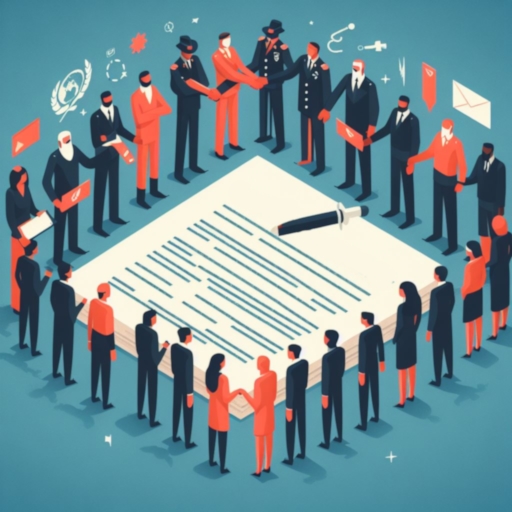
Collaborative Decision Making
Dramatically increasing individual and interpersonal effectiveness through conscious attention on how people individually and collectively engage in problem-solving and decision-makinThe 9 elements in the model represent parts of an iterative practice. In well-crafted collaborative problem-solving and decision-making work, individuals and teams should visit all and revisit many of these elements.
While there is some logic to their order (left to right, and top to bottom) the decision-making practice is not a linear process and this ordering is not prescriptive; this is not a tick box exercise.
This tool is a diagnostic mnemonic to identify where you and your teams are in a problem-solving and decision-making process, and to identify what parts of the practice you may have missed or under-cooked.

1. Tension sensing:
2. Source tracking:
3. Decision making:
4. Perspective taking:
5. Perspective seeking:
6. Perspective coordinating:
7. Collaborative thinking:
8. Systems thinking:
9. Rationale explaining:
Stating your decision and receiving acknowledgement from others. Making a clear, coherent, and persuasive argument for why and how you made the decision you did.
We have developed this model from the ground-breaking adult development research of













